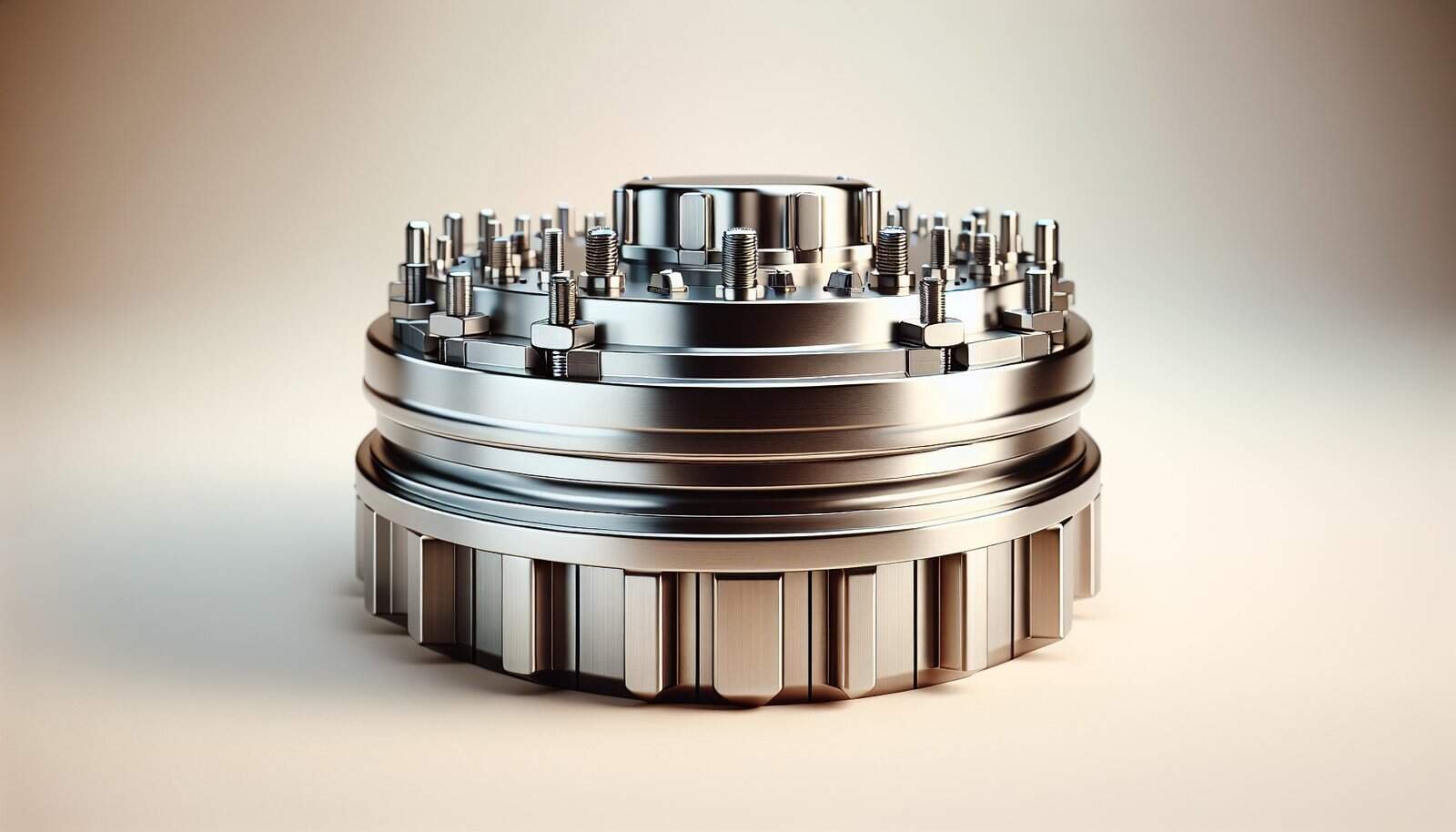Have you ever wondered about the role of a sanitary well cap in keeping your water supply clean and safe? When it comes to maintaining a private well for your household, understanding the ins and outs of various components is crucial. Among these, the sanitary well cap might not be the most talked-about element, but its function is undeniably vital. In this conversation, we’ll dive into what a sanitary well cap is, why it’s important, and how it contributes to your overall water quality and well maintenance.

Understanding the Basics of a Sanitary Well Cap
What is a Sanitary Well Cap?
A sanitary well cap is a specialized cover placed on top of the water well casing. Its main role is to protect the well from contamination while providing an entry point for various well components. Well caps serve as the first line of defense against pollutants like debris, insects, and small animals, ensuring that your water remains clean and safe for consumption and use. Made typically from a strong material like aluminum or thermoplastic, these caps are engineered to withstand harsh weather conditions and provide a tight seal.
How Does It Differ from a Standard Well Cap?
You might be curious about how sanitary well caps stand apart from standard well caps. The key difference lies in the design features aimed specifically at keeping out contaminants. While standard caps might offer basic protection, sanitary well caps are constructed with additional components such as rubber gaskets or seals that improve their effectiveness in blocking out external substances. They often include a vent with a screen to allow for pressure equalization inside the well, preventing pressure build-up without compromising the seal.
Importance of a Sanitary Well Cap
Enhanced Protection for Water Quality
The primary function of a sanitary well cap is to act as a barrier against pollutants entering the well. A standard cap might not be as efficient in sealing out contaminants, potentially allowing harmful bacteria, viruses, or chemicals to infiltrate your water supply. By using a sanitary well cap, you ensure that the quality of the water you’re drawing from your well remains uncompromised.
Compliance with Regulations
In many regions, there are specific regulations and guidelines surrounding the construction and maintenance of private wells. Utilizing a sanitary well cap can help you adhere to these standards, which often recommend or mandate the use of such protective measures. Staying compliant not only keeps your water supply safe but also prevents potential legal issues.
Extending the Life of Your Well System
Another benefit of the sanitary well cap is the protection it offers to the internal components of your well. By keeping out debris and external substances, it prolongs the lifespan of pumps, pipes, and other integral parts of the well system. This not only reduces future repair and maintenance costs but also ensures consistent water flow and quality.
Key Features to Look For in a Sanitary Well Cap
Material Considerations
When selecting a sanitary well cap, pay attention to the materials used in its construction. Common options include aluminum, stainless steel, and heavy-duty thermoplastics. Each of these offers distinct advantages such as durability, resistance to corrosion, and ability to withstand environmental stress. Choosing a material that best suits your regional climate and well conditions is essential for optimal performance.
Effective Sealing Mechanisms
An effective sanitary well cap must have a robust sealing mechanism to ensure no unwanted particles or organisms can enter the well. Look for caps with high-quality gaskets or rubber seals. Additionally, check that the fasteners and any fittings are made from rust-resistant materials to avoid degradation over time.
Presence of a Vent with Screen
A vent is an essential feature in a well cap as it allows for the equalization of pressure inside the well casing. This prevents issues like trapped air or vacuum formation that could damage your system. However, make sure the vent comes with a screen to prevent insects and small vermin from gaining access while still allowing airflow.
Installation and Maintenance
Proper Installation
Installing a sanitary well cap correctly is just as important as choosing the right one. It begins with making sure the cap you select is compatible with the diameter of your well casing. Following the manufacturer’s installation guidelines ensures a perfect fit and seal. You may want to consider hiring a professional to perform the installation to guarantee it’s done accurately.
Regular Inspections
To maintain water quality and system integrity, regularly inspect your well cap for any signs of wear and tear. Look for rust, cracks, or any damage to the seals and fasteners. Regular checks should also confirm that the vent screen is intact and free from blockages.
Scheduled Maintenance
Like any component of your home’s infrastructure, the sanitary well cap may require periodic maintenance. Tighten any loose bolts or screws, and replace worn-out seals to retain the protective tight seal. Scheduling these tasks annually is advisable to ensure ongoing protection and performance.

Troubleshooting Common Issues
Issues with Pressure Equalization
Sometimes, you might notice signs of pressure issues in your well system, such as sputtering faucets or inconsistencies in water pressure. Ensure the vent in your well cap is unobstructed so it can balance pressure effectively. If problems persist, troubleshooting the well system might be necessary.
Dealing with Contamination
If you suspect that contaminants have breached your well despite having a sanitary well cap, a professional inspection and water testing should be conducted promptly. It’s possible the cap seal isn’t functioning correctly or other well components need attention.
Addressing Physical Damage
Physical damage to a well cap might occur due to extreme weather events, accidental impacts, or aging. In these cases, assess whether repair or replacement is needed. Avoiding prolonged use of a damaged cap will help prevent contamination risks.
Benefits of Regular Sanitary Well Cap Upkeep
Continual Assurance of Pure Water
By making regular inspections and maintenance a routine, you secure the purity of your drinking and household water. Clean water supply free from bacteria and pollutants is central to maintaining health and wellness for you and your family.
Prevention of Larger Issues
Taking a proactive approach to maintaining your well cap reduces the likelihood of encountering severe well issues down the line. The earlier potential problems are identified and resolved, the less expensive and challenging they tend to be.
Peace of Mind
Knowing that you’re actively involved in preserving your water system’s integrity provides valuable peace of mind. It removes concerns about water safety, allowing you to focus on enjoying your water without second thoughts.

Choosing the Right Sanitary Well Cap for Your Needs
Assessing Your Specific Requirements
Before selecting a sanitary well cap, consider your specific needs. Factors such as your well’s location, environmental conditions, local regulations, and budget should all influence your decision.
Table: Comparative Features of Sanitary Well Cap Materials
| Material | Durability | Corrosion Resistance | Cost | Weight |
|---|---|---|---|---|
| Aluminum | High | Medium | Moderate | Light |
| Stainless Steel | Very High | Very High | High | Heavy |
| Thermoplastic | Medium | High | Low | Very Light |
Professional Consultation
Consulting with a well maintenance expert can provide additional insights specific to your situation. Professionals can recommend the most suitable cap options based on in-depth assessments of your well system and environmental conditions.
Budget Considerations
While investing in a sanitary well cap, remember that cost can reflect quality and material longevity. Striking a balance between quality and affordability is important, always leaning towards options that promise long-lasting protection for your well.
Conclusion
A sanitary well cap might seem like a small component in the grand scheme of well maintenance, but its impact on the health and functionality of your water system is substantial. By ensuring your well cap is properly installed, maintained, and fit for purpose, you protect your water quality, comply with regulations, and potentially save on long-term maintenance costs. Equip yourself with this knowledge when evaluating or upgrading your well system, and you will enjoy clean, safe water for years to come.

